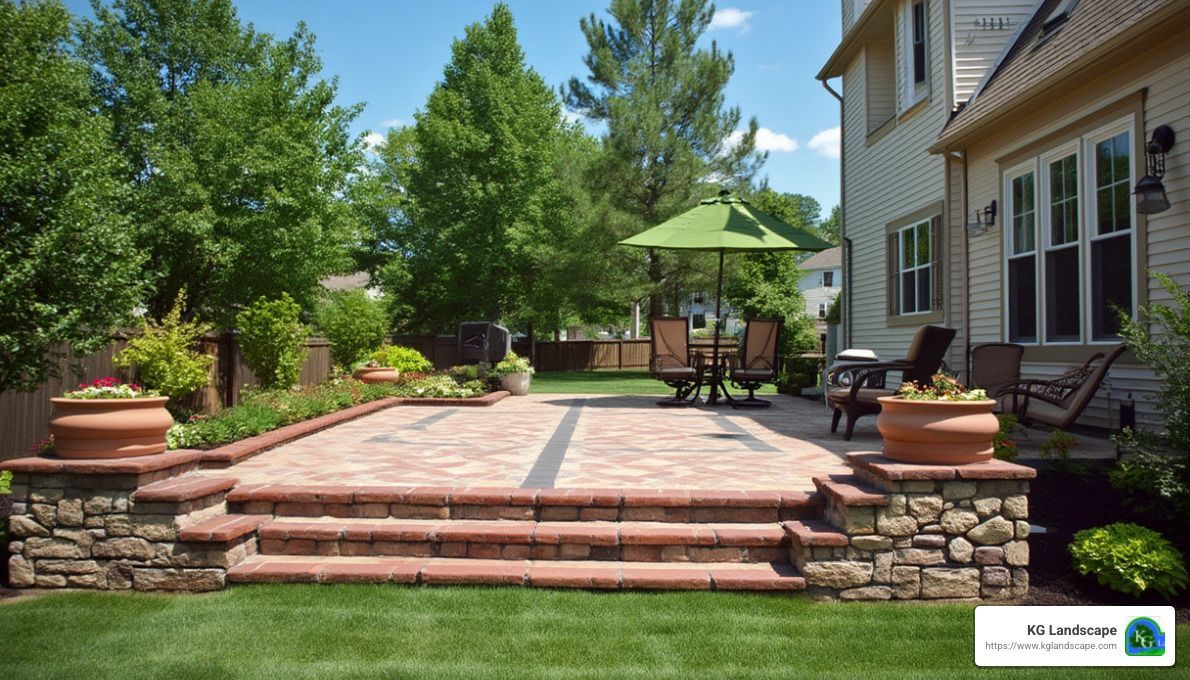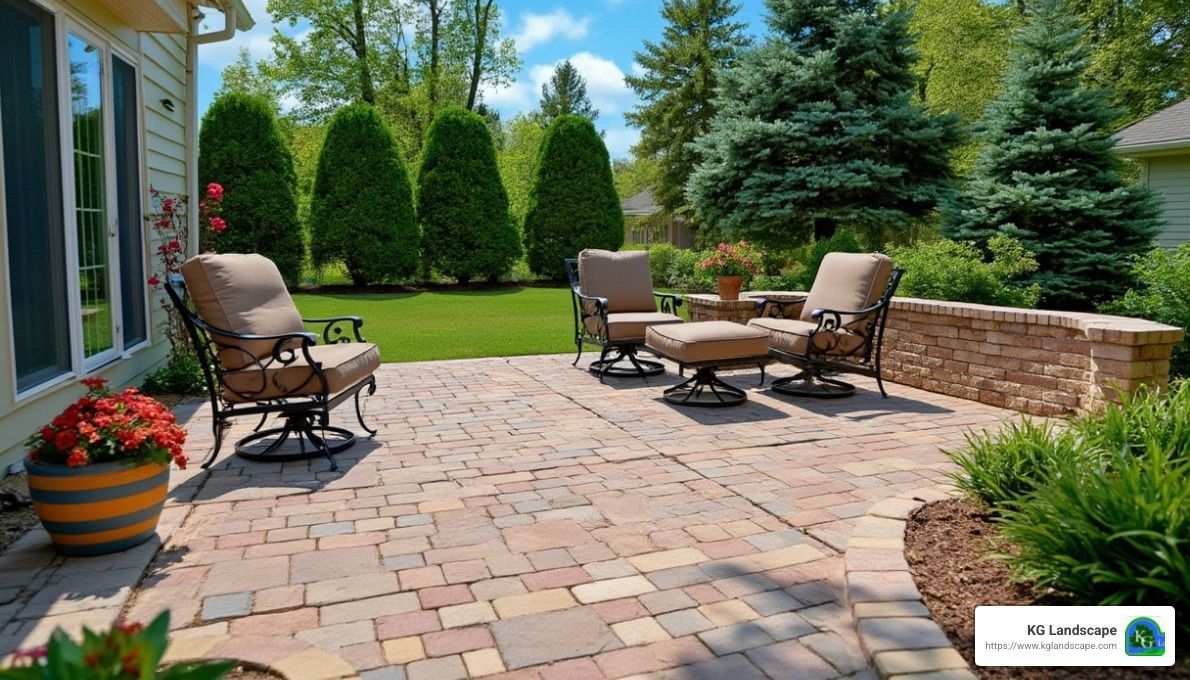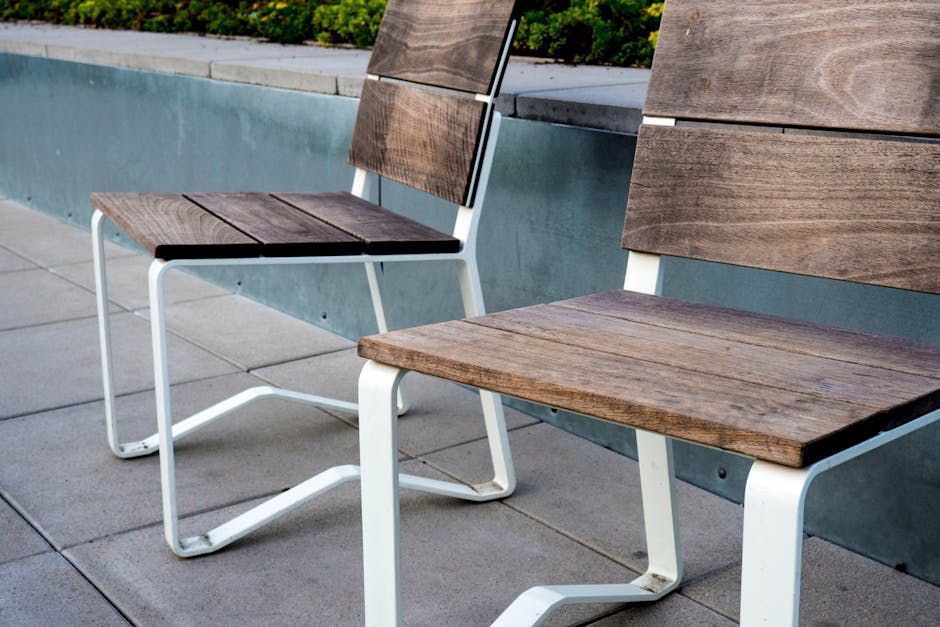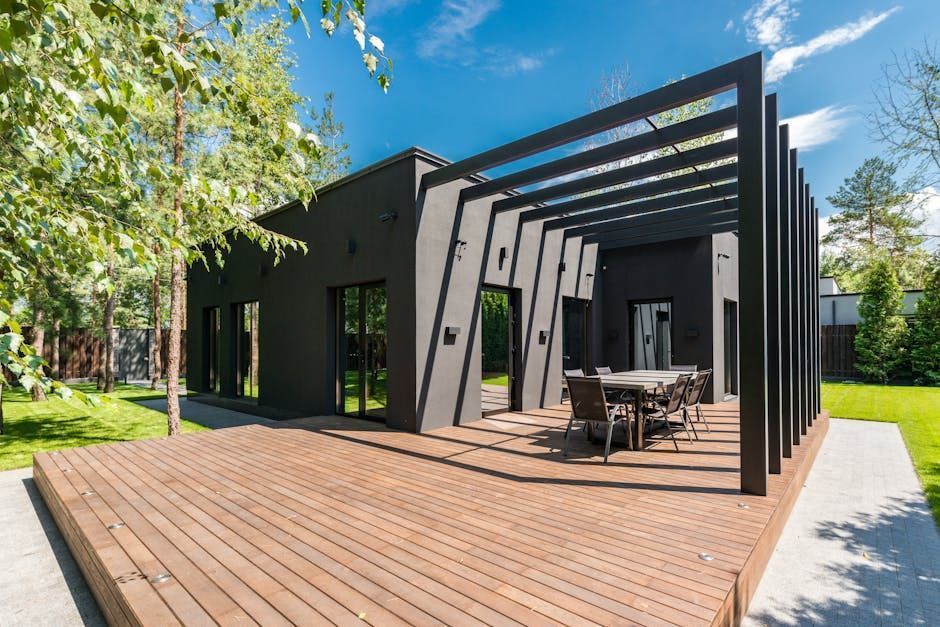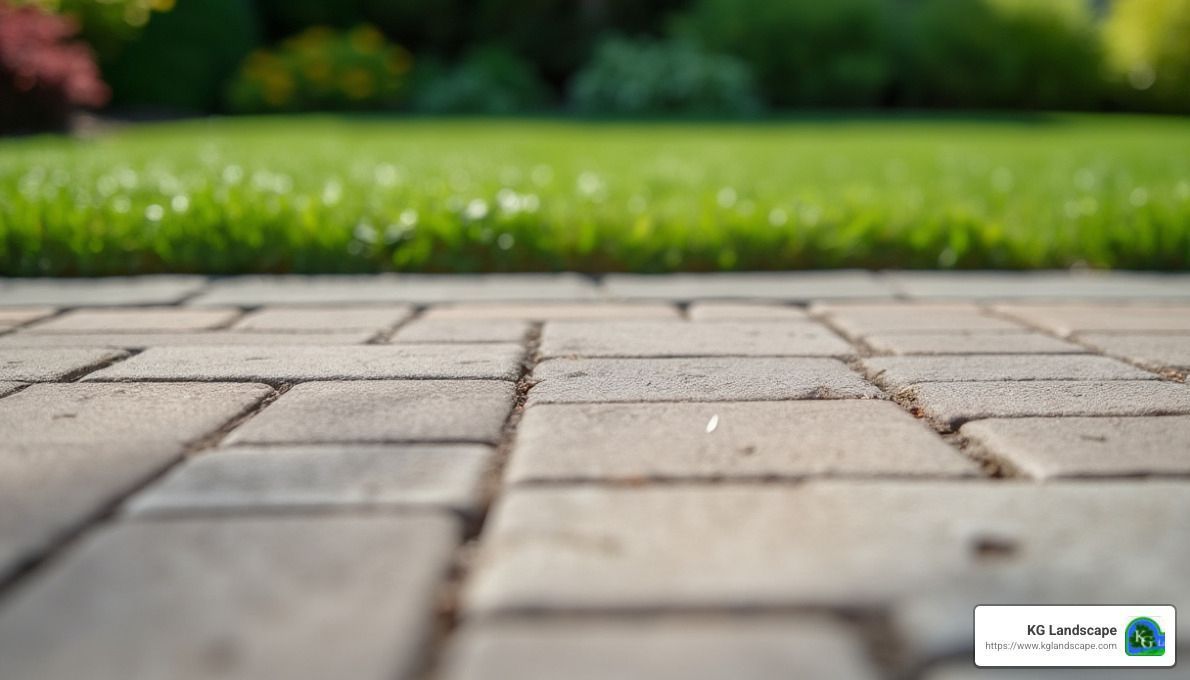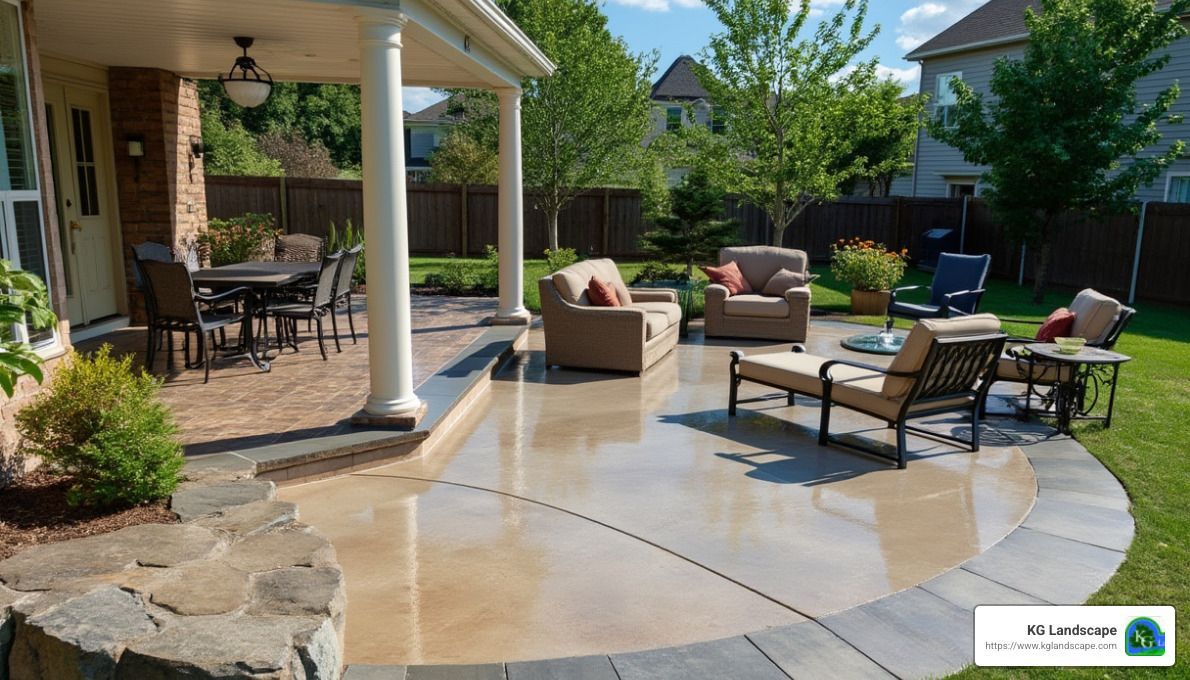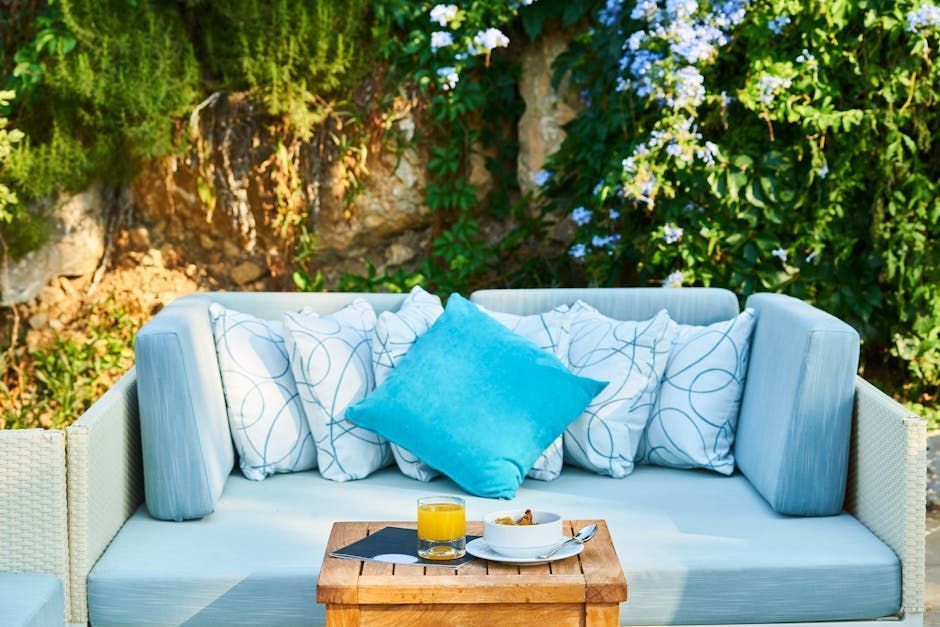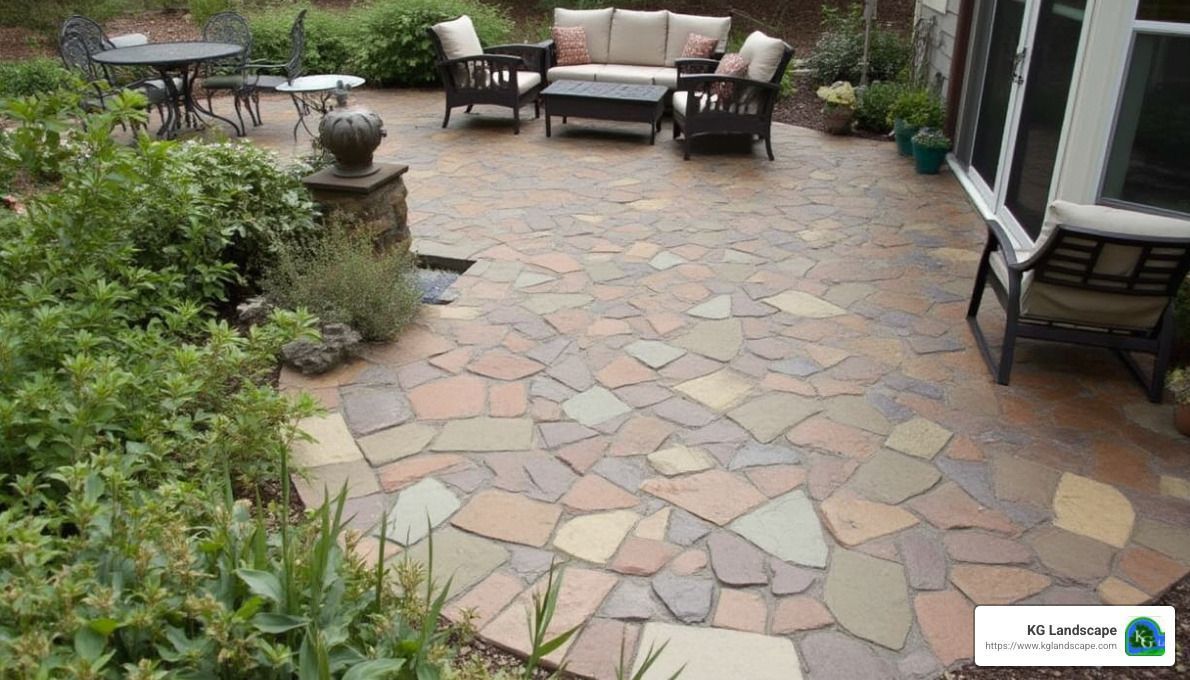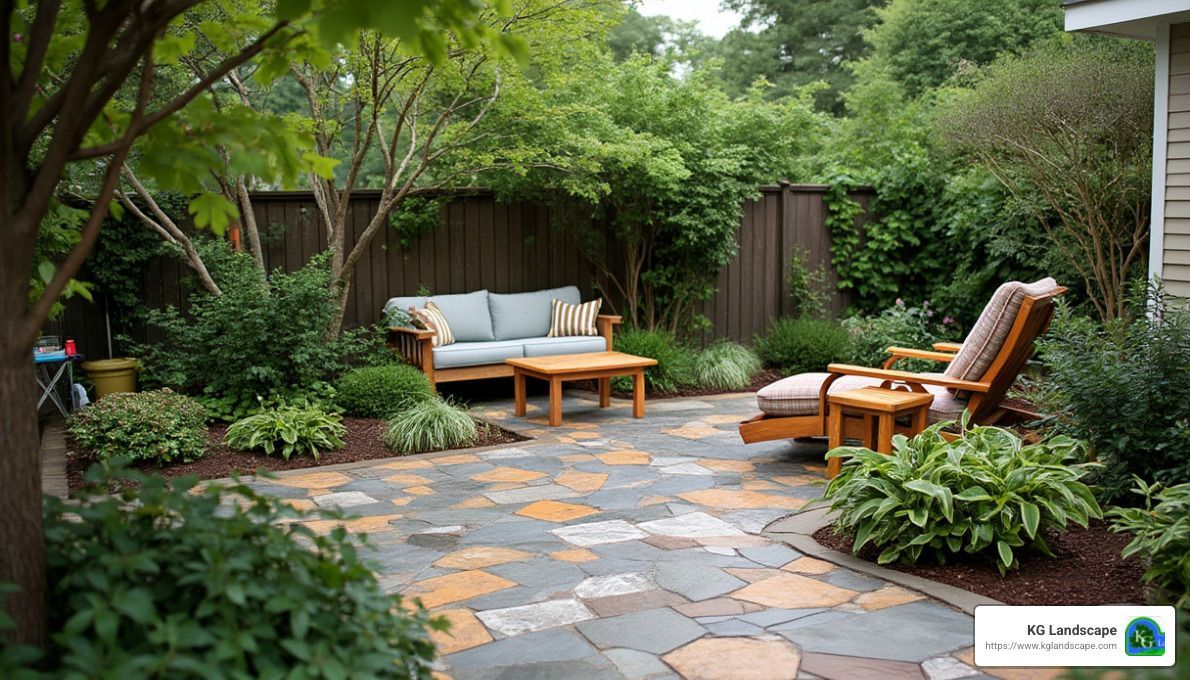Different Types of Ponds for Your Property
There’s nothing more peaceful than a well-placed pond. Water features
provide a sense of calm and connection to nature, where new and exciting environmental happenings can occur. Whether you’re looking for a nice addition to your current landscape design or you’re starting fresh with a pond at the center of your ideation—adding the perfect pond takes the right plan and the right help.
Ponds can serve several unique purposes. They can be used as a gathering space if coupled with a nook or even as a place to house gorgeous aquatic plants. They will also attract a whole new category of animal life that are fun and exciting to observe.
So, you’ve decided that you’re ready to install a pond on your property. Well, hold your horses. Before you get too ahead of yourself, there is a lot of pre-planning to do. Moving a pond can be a real hassle. You’re going to want to understand some rules of thumb that go into almost every pond project.
Planning Your Pond
Like any great landscaping project, figuring out what you want and why you want it should always be your first step. You’re going to need to consider the current geography of your landscape and decide what works best for your situation. While you may want a magnificent Koi pond, but it may not be practical given your current design.
So, once you have mapped out the area and determined how big your pond can be, it’s time to choose from the many different pond choices available.
Types of Ponds
Wildlife Ponds
As the name suggests, these ponds are meant to attract wildlife. These are typically the most maintenance-free pond type and don’t require a ton of upkeep. Because this pond is meant to mirror an organic pond, you shouldn’t need a pump or filter system. Now, depending on where you’re planning on installing your wildlife pond, you may or may not need a liner.
When trying to figure out where to place a wildlife pond, keep in mind—they require quite a bit of sunlight to sustain themselves. This will encourage plant growth. Speaking of plants, you’re going to need them so that your pond gets a healthy amount of oxygen to keep the wildlife coming. That way, you can put fish in your pond. After a while, you may even begin seeing other creatures like frogs hanging around your pond.
Fish Pond
Fish ponds are another great way to introduce some wildlife into your yard. However, you will have to keep these clean. Depending on how much natural wildlife you want to interact with your fish pond, you will need to clean the water because fish tend to create quite a bit of waste.
Now, some natural plants can act an organic filtration system—but if you aren’t planning on introducing too much plantlife into the pond, you’ll need your own filtration.
Fish ponds take quite a bit more planning and execution. To properly filter your pond, you’ll want something powerful. You’re also going to need an air pump. Finding the proper tools to get your fish pond just right takes some research and possibly even a
professional opinion.
If you’re looking for the different types of fish you can introduce to your pond, there are quite a few to choose from. If this is your first time taking care of a fish pond, we’d recommend going with something that takes a bit less maintenance to survive.
Here’s a good list
of beginner fish you can sift through.
Plant Ponds
While some homeowners are eager to introduce fish or amphibious creatures to their ponds, others are simply looking for some beautiful aquatic plant life. Plant ponds give you all of the soothing benefits of a water feature without having to deal with fish or other animal waste.
Because the right plants offer their own filtration capabilities, these are far more easy to maintain than some other pond types. So, the real question is, what plants are right for your pond? Well, the answer is kind of up to you. If you want a more natural look and feel, pond grass is a great direction to go in. If you’re looking for a more unique style, water lilies or even irises are an option. Here’s a
short list of plants you can have in your pond.
Koi Ponds
You may be thinking, “why aren’t Koi being placed in the same category as a fish pond?” Well, Koi ponds are no small feat and can be quite expensive compared to an ordinary fish pond. Koi require a far deeper pond and very clean water. You’ll need top-notch filtration and pump systems at-hand.
If you live in the Midwest, where temperatures can drop significantly during the winter, Koi ponds take a bit more attention. You certainly can have these ponds if you live in a four-season climate, but you’ll need to take some precautions and care to keep your precious fish from passing away. Koi travel to the bottom of their ponds when temperatures drop, which is why you need your pond to be deeper than normal.
But if you live where a pond can freeze over, you may need an indoor tank to transfer your Koi. You can leave them in their outdoor pond but you’ll need a deicer and air stone or a way to heat the pond.
Create Your Oasis
As you can see, there are various ponds you can implement into your property to find a sense of calm and invite wildlife to stay. Many of these ponds can serve more than one purpose and can be a great addition to many landscapes.
If you are interested in creating a beautiful pond feature, we have the experience, tools, and vision to make your dream pond a reality.
Contact us today
.
The post Different Types of Ponds for Your Property
appeared first on KG Landscape Management.



